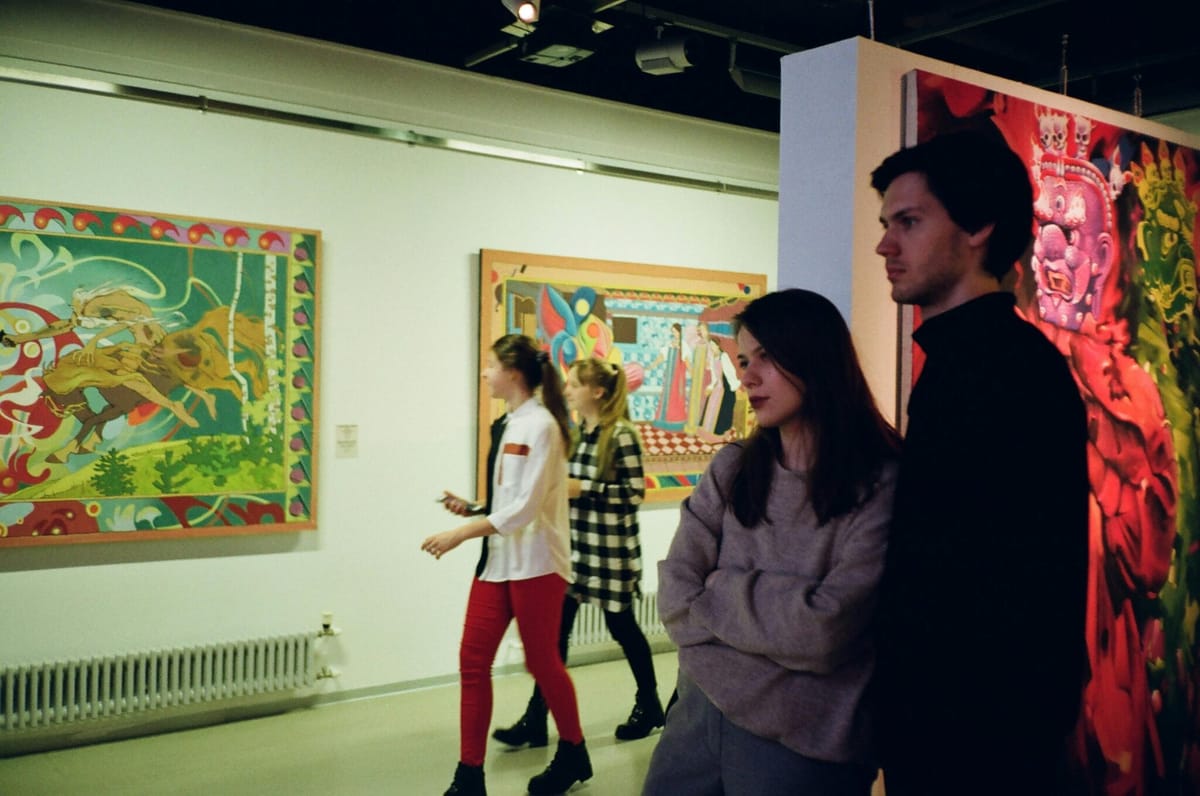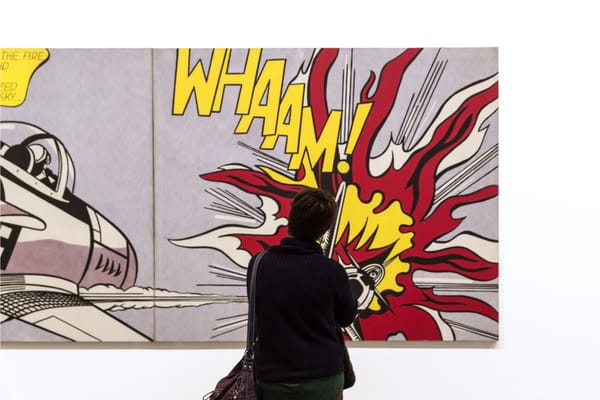A Snapshot: 2024 Art Market Trends and Sales Dynamics



Forty works by Roy Lichtenstein are heading to auction next month, expected to fetch more than £26 million.

Let’s put something wild on the table: What if your apartment, your flat, your studio—became a museum?

Bradford’s Ice Age Art Now exhibition brings back the earliest proof that art was never extra—It was essential.

Some people think in words. Others don’t. Here’s what that means—especially if you’re making art without an inner voice.
© ART Walkway 2025. All Rights Reserved.
Terms & Conditions
|
Privacy Policy
|
Cookies Policy
Designed with 💛 and creativity to inspire the art world.